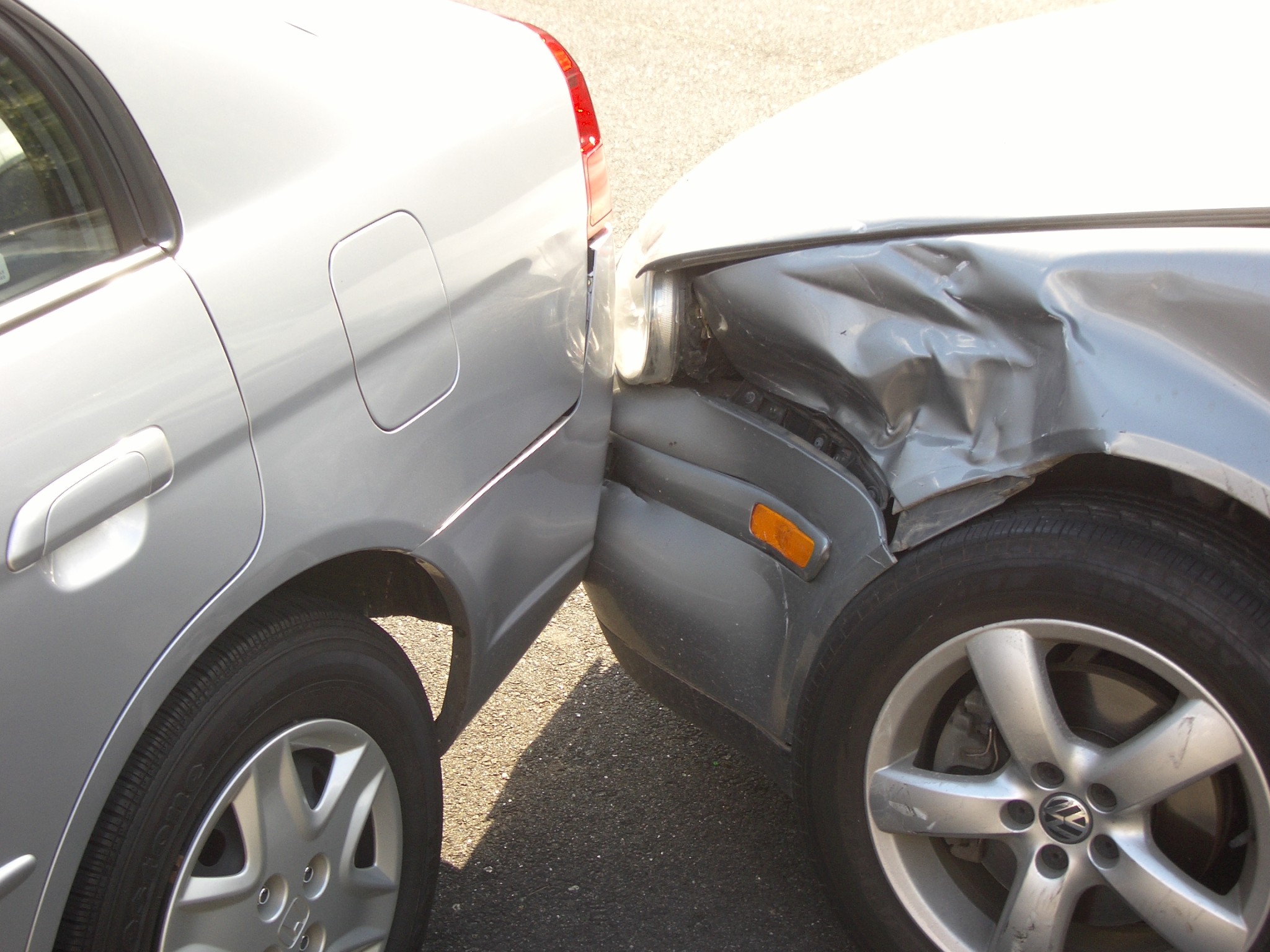|
|||||||||||||||||||||||||
BACK INJURY CLAIMS ADVICE
Submitted by Becky Cross on 2006-08-22 and viewed 12579 times.Total Word Count: 589
|
|
|||||||||||
Each year, thousands of workers injure themselves undertaking manual handling at work. The Manual Handling Operations Regulations 1992 (as amended) apply to a wide range of manual handling activity, such as lifting, pushing, pulling, carrying etc. Over one third of ‘over three day injuries’ reported to the Health & Safety Executive and local authorities involve manual handling. The regulations require employers to: AVOID the need for hazardous manual handling, as far as is reasonably practicable. ASSESS the risk of injury from any hazardous manual handling that cannot be avoided – and- REDUCE the risk of injury from hazardous manual handling as far as is reasonably practicable. Employees have a role to play too. They should follow appropriate systems, make proper use of equipment, co-operate with their employer on Health & Safety matters and of course, take care to ensure their activities do not put others at risk. The Health & Safety Executive publish a short guide called ‘Getting to Grips with Manual Handling’. It contains all the technical details you will ever need to know on manual handling. Go to www.hse.gov.uk/pubns. The Royal College of Nursing also produce ‘The RCN Code of Practice for Patient Handling’. Go to www.rcn.org.uk/publications. Amazingly, some employers have no knowledge of their obligations to train staff involved in manual handling. Even if you have received manual handling training and have still suffered a personal injury through lifting – you should seek legal help. If you have suffered a back injury, shoulder injury or arm/wrist injury and want some clear legal advice, click to www.daisychaincompensationclaim.co.uk. We offer 100% compensation. No deductions – you keep all the compensation. Never deal with a firm that deducts any of your compensation. You are entitled to every penny! Article Source: http://www.compensationsecrets.co.uk/ |
|||||||||||
| About the Author | |||||||||||
| Additional Articles in Personal_Injury . | |||||||||||
|
|||||||||||
| Please Rate This Article | |||||||||||
| Add Your Comments | |||||||||||
| © CompensationSecrets.co.uk - All Rights Reserved Worldwide. | Privacy Policy | Terms of Use |






